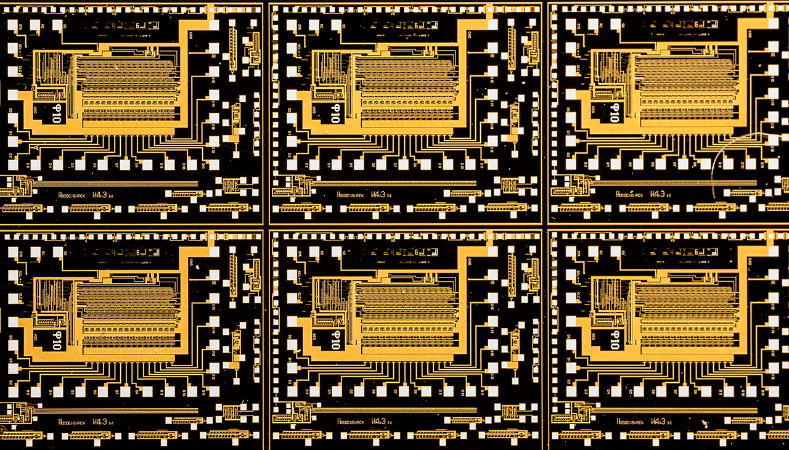The new capabilities can help IC designers “shift left” their physical and circuit verification tasks by moving the identification, analysis, and resolution of complex SoC physical verification issues into earlier stages of the design and verification flow.

Among the new functionalities for the Calibre platform are:
The Calibre RealTime Custom and Calibre RealTime Digital software tools, which provide in-design, signoff-quality Calibre DRC for custom, analog/mixed-signal, and digital designs.
The Calibre RealTime interfaces provide direct calls to Calibre analysis engines running foundry-qualified signoff
Calibre rule decks, helping to improve both design speed and quality of results by providing immediate feedback on design rule violations and recommended rule compliance.
Calibre RealTime Digital now enables in-design fill with Calibre Yield Enhancer SmartFill, enabling designers to get foundry signoff fill from within their design cockpit, while Calibre RealTime Custom has added the ability to automatically track DRC across multiple regions to enable multiple edits to be fixed, tracked and checked simultaneously.
The Calibre nmDRC-Recon use model in Calibre RealTime Digital provides intelligent, automated analysis of immature and incomplete designs across blocks, macros, and full-chip layouts to methodically find and fix high-impact physical layout earlier in the design and verification flow.
Extending the speed and designer debug gains already possible with the nmDRC-Recon use model, Siemens has now added the capability to flexibly “gray-box” out immature cells and blocks, yet still check DRC for interfaces to adjacent blocks or upper-level metal.
Gray boxing further accelerates performance and improves designer debug productivity by supressing nuisance DRC, resulting, it is claimed, in up to 50% faster runtimes compared to nmDRC-Recon alone.
Calibre nmLVS-Recon software provides intelligent, automated analysis of immature and incomplete designs for circuit verfication use models.
With Calibre nmLVS-Recon software, a designer can efficiently perform short isolation (SI) to identify circuit errors.
Short isolation mode in Calibre nmLVS-Recon does not require changes to design inputs or foundry rule decks, and executes only the short isolation step of Calibre nmLVS.
This can speed up LVS execution by up to 30x, allowing designers to complete several iterations in a day whereas, previously, this might be an overnight execution.
The Calibre nmPlatform tool suite is also differentiated in the EDA industry with its integration across all major IC design and layout implementation tools.
This integration enables design teams to run Calibre tools at the IP)m, block/macro, and full-chip levels, all from their custom design or place and route (P&R) design cockpit.
In addition, the Calibre plaform‘s viewing and debug capability can result in speed enhancements at all design stages.
For more information visit https://sie.ag/3Ipf597.
